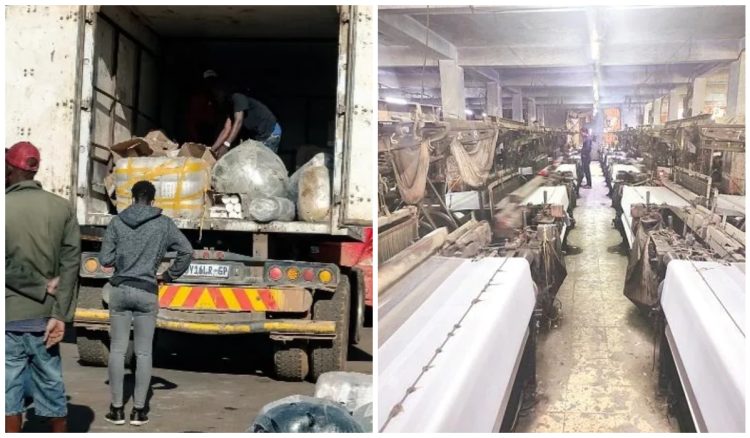Zimbabwe’s once-thriving textile industry has been facing a number of challenges in recent years, including power cuts and smuggling, that have left the industry on the verge of collapse.
Despite providing thousands of jobs in the past, the industry has been experiencing a significant decline, with textile factories struggling to operate efficiently due to the unstable power grid and lack of reliable electricity supply.
With frequent blackouts lasting for hours or even days, textile factories have had to invest in expensive backup generators to keep their operations running, which has significantly increased their costs.
On top of this, smugglers have found ways to evade tariffs on imported clothing and textiles, flooding the market with cheap, imported blankets, making it difficult for local textile manufacturers to compete.
The combined impact of power cuts and smuggling has led to the closure of many textile factories, resulting in job losses and economic hardship for workers and their families.
While the textile industry was once a major contributor to the country’s GDP, it now only plays a small role in Zimbabwe’s economy.
A prominent textile businessman, who chose to remain anonymous, expressed his concerns about the situation:
“The issue of power cuts and smuggling of blankets and clothes into the country is affecting our operation. Customers choose to buy from smugglers because their products are cheap. Sometimes we tried to approach the police through our relevant association, but the situation has not improved. The major problem now is the power cut, which we don’t have control over because it’s a national problem.”
To revive the industry, the government and industry stakeholders need to work together to find solutions to the challenges facing the textile industry.
Finding ways to combat smuggling and stabilize the power grid would be critical in revitalizing the industry and making it competitive once again.
Without effective measures to address these issues, the textile industry in Zimbabwe will continue to struggle in the years ahead, risking the collapse of the sector.

For comments, Feedback and Opinions do get in touch with our editor on WhatsApp: +44 7949 297606.


